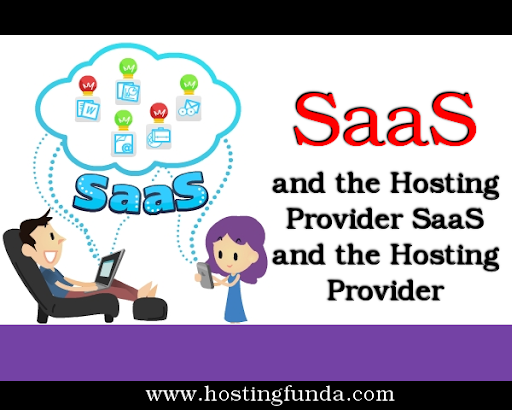
SaaS and the Hosting ProviderSaaS and the Hosting Provider
SaaS is clearly different from traditional on-premise software. It is hosted, delivered, owned and managed remotely by a provider. The hosting is not the customer’s building and payment for the software is by a usage. SaaS is a multi-tenant system from the ISV outlook, a single instance of the software is shared by all the customers, as contrasting to traditional software, which is normally highly customized for each individual client.
Datacenter Opportunities
SaaS hosting: In addition to the customary tasks of coding and upholding the application engine, SaaS utilizes web servers to furnish applications to client browsers. The ISV has to supervise and maintain web servers, database servers and auxiliary services.
Connectivity: SaaS is all about application availability ans delivery. Web hosts can provision the SaaS ISV with redundant backbone connectivity, by means of high volume data pipes to take care of peak demand, immediately and at a cost pro due to economy of scale.
Billing Services: Hosting providers are equipped to handle multilevel billing like dedicated hosting customers and also shared hosting customers, which are the equal to SaaS tenants and end users, from many sources like cash transfers, credit cards, Paypal, and checks in many countries
Administration Services: Normally the hosting provider can run services like user authentication, security availability and dependability management upgrading hardware according to usage metrics design of redundant system, backup and recovery.
Monitoring services: Monitoring can include application usage means total bandwidth and number of unique users, CPU utilization, disk space, server system events, network usage, memory and swap usage.
Hosting hardware: Most web hosts carry a number of grades of equipment. For SaaS hosting, high quality hardware is enviable, hot swappable components , fault tolerant servers, preferably with redundant. High Availability clusters in load balancing configurations should help with availability and scale up.
Connectivity: The number quality and size of the backbone data pipes is important. Two or three high quality backbone providers are a states for a reliable application delivery. The hosting provider must have overkill capacity or upstream connections that allow bursting to support peak demand.
Sales and marketing support: For giving web advertising and viral marketing support to partners, hosting dealers must be willing to loan their web marketing experts either to act as consultants and advisers.
First level support services: To run customization and provisioning of new users accounts, web hosts must be having available human resources. Talent in the SaaS environment is another requirement.

Leave a Comment